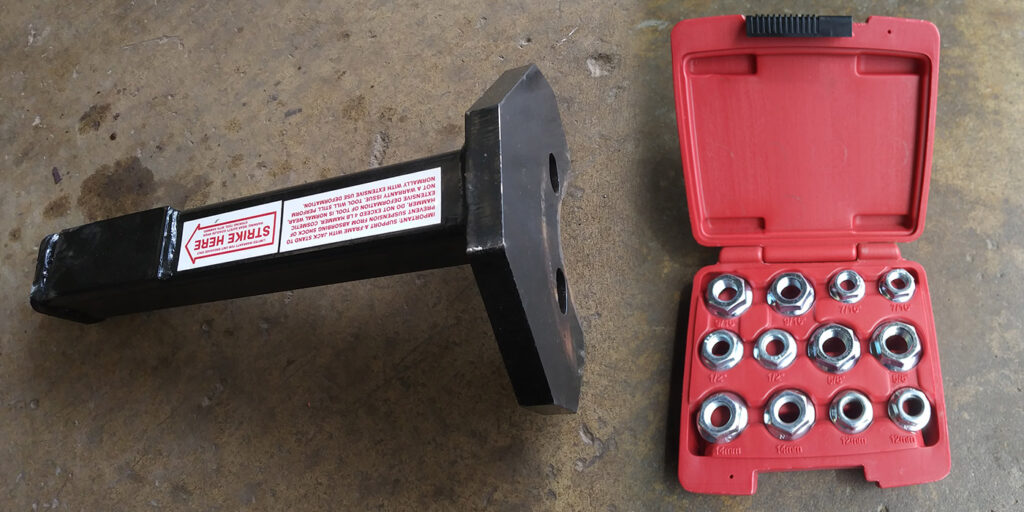Sealed wheel bearings have been around for a long time and having been in the industry for more than three decades now, my teeth were cut on the pressed-in style. When they were bad, you removed the steering knuckle, carried it over to the press and installed the new bearing, hopefully, but not always, with ease. The correct press tools were critical, and there were some on-car tool kits that worked pretty well too.
When manufacturers began to make the change over to the wheel bearing/drive hub assembly, it was a welcome change at first. Since they were bolted in place through the back of the steering knuckle, it was refreshing to be able to remove the bolts, pull out the assembly from the front and install the new. That is, until they had a few years to corrode into place.
Now, one would think, also after being in the industry for a long time, you would know of all the tools out there, but that wasn’t the case early one Friday morning this past February. The car was a typical American sedan with all-wheel drive. Both rear wheel bearings were bad, and the customer had authorized replacement.
The job flow was typical: remove the wheels, the brake calipers, rotors and axle nut. Remove the bolts that held the bearing/hub assembly in place and then, theoretically, remove it. But, like we have all experienced, both of these were stuck in place so tightly they may as well have been welded in.
It was off to the races with the air hammer to try and crack the grip of the corrosion between the bearing housing and the knuckle, using every trick in the book with different chisels and points of attack. Neither of these particular bearings would budge, even after trying all the suggested tricks from other technicians in the shop.
So, the shop owner and myself decided we would stare at the car and ponder the next move, when, as luck would have it, the large “S” hood logo came into view pulling up in front of the shop, indicating that the local Snap-on dealer had just arrived.
The price was reasonable, but I didn’t even ask. I needed this tool. It has saved me time, wear and tear on my ears, wrists, tools and sanity. How I wish I had one 30 years ago.
Strolling into the shop toting this week’s special deals, he walked up and greeted us. The shop owner, half-jokingly, questioned, “What magic tool do you have that will get a wheel bearing out?” Neither of us actually expected an answer since we assumed there wasn’t anything out there, but instead we got an immediate reply. “I’ve got a Hub Striker out there. I’m told they work really well,” the Snap-on dealer said.
Surprised at the answer, the owner and I stared at each other for a second, then in unison looked back at the Snap-on dealer and said, “Bring it in!”
This new-to-us tool, made by Casey Tool, looked like a trailer hitch receiver on steroids with a thick metal plate that bolted to the hub welded to one end. It also came with a blow-molded case filled with a selection of lug nuts for different applications.
I bolted the new tool onto the drive hub on one side, and as the instruction sheet recommended, lowered the car and put a jack stand under the steering knuckle to provide a solid base and eliminate the suspension bushings from absorbing any force. To our amazement and elation, one hit with a sledgehammer and the bearing popped halfway out. One more hit and it was lying on the floor. The other side was just as successful, and it has worked as well with every other wheel bearing since.
The Hub Striker. If you don’t have one, look for it — on the tool truck.














